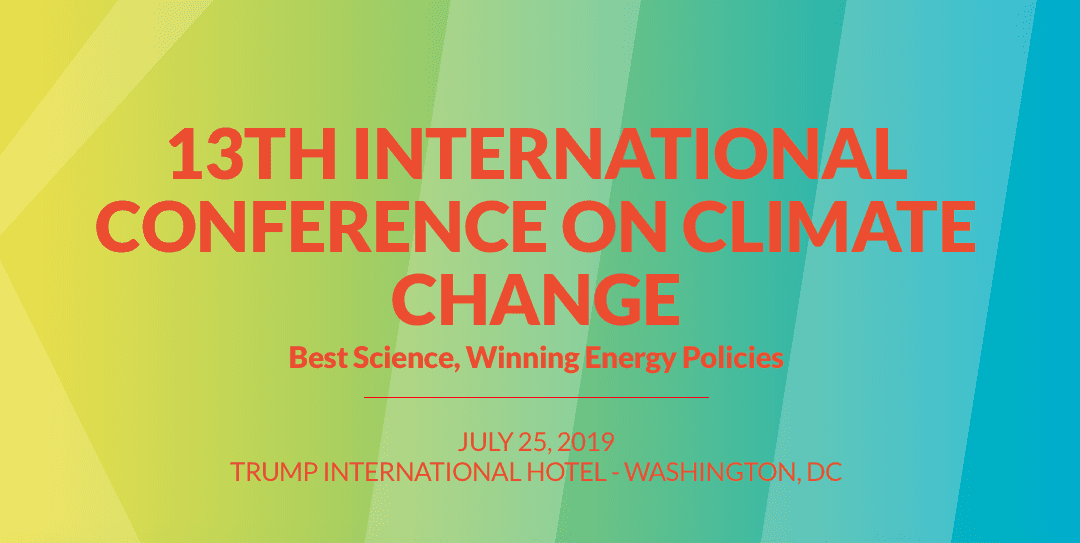There is still a strong dissenting camp to the theory that climate change is caused by the man-made greenhouse gas CO2. This camp argues that the science of climate change is far from settled.
Media coverage is overwhelmingly on one side of this debate. However, the public deserves to hear about scientific discoveries from both sides.




